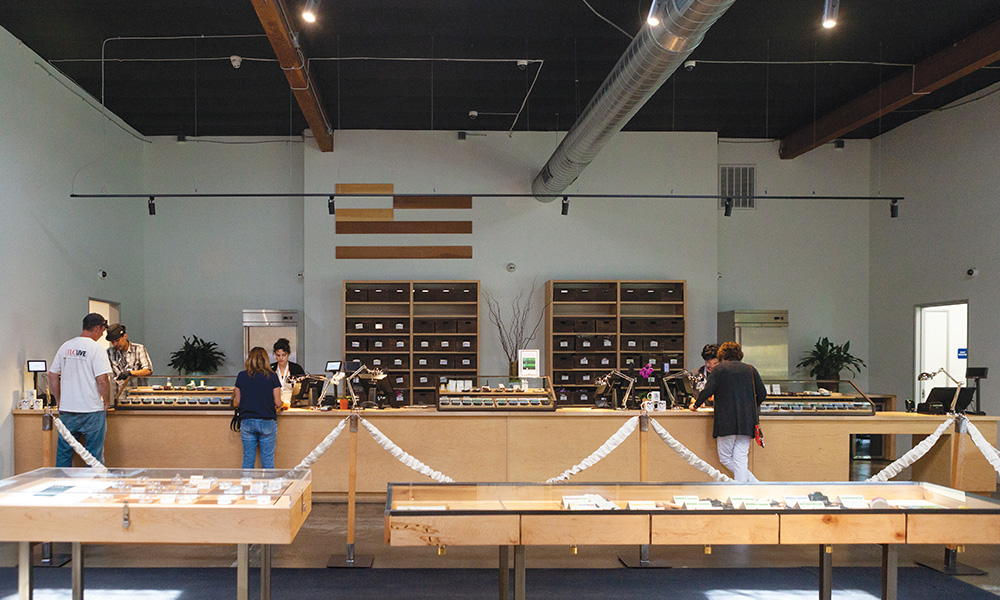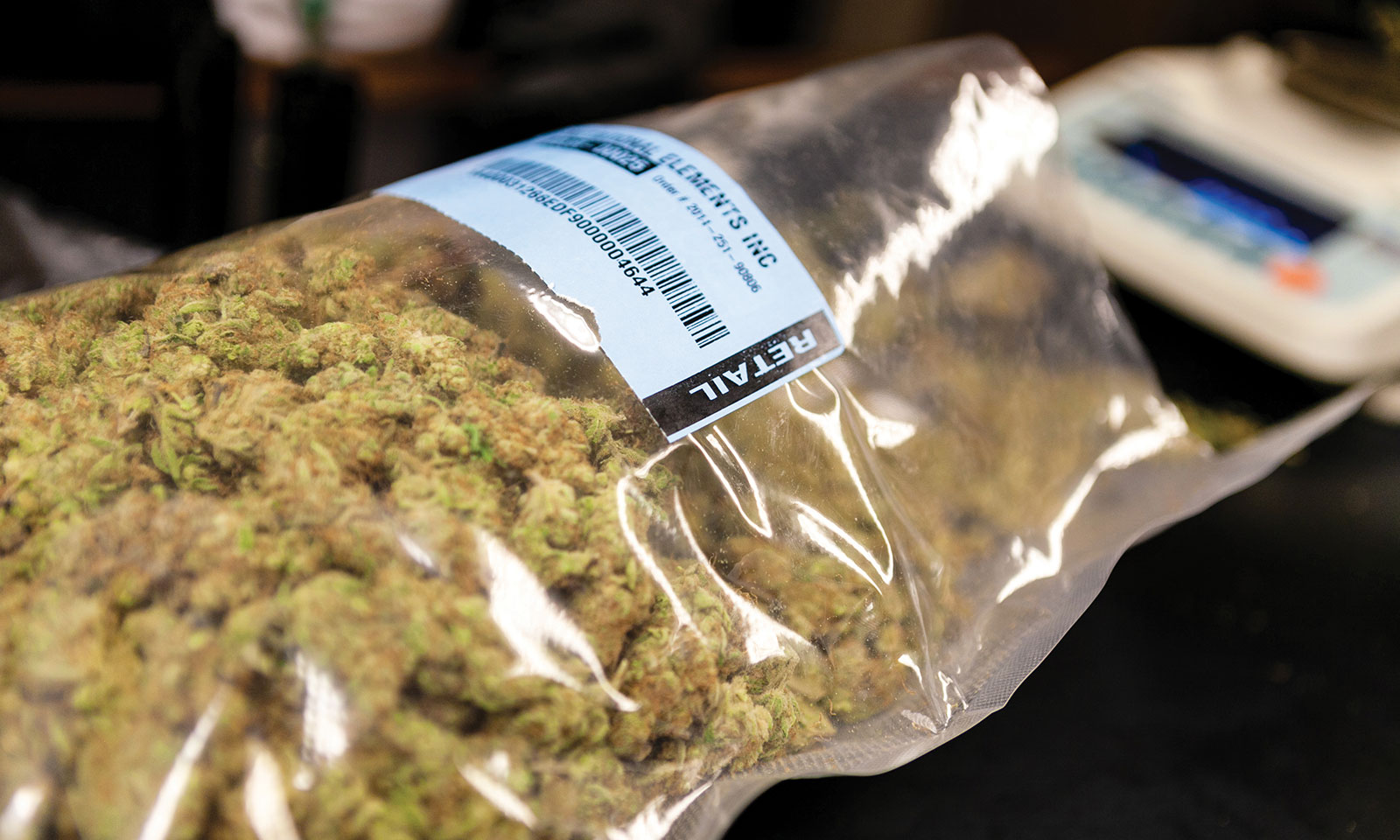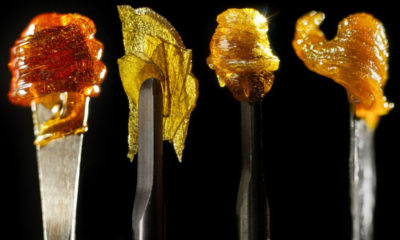Thank You For Toking: How Cannabis Taxes Help Colorado’s Schools
Cannabis tax revenue means all Coloradans, particularly school children, are benefiting from legalization.
One of the most obvious yet nebulous benefits of cannabis legalization is the influx of tax revenue that states are receiving. Each state makes its own individual decisions about the size and nature of its taxes and how much they funnel to specific funds and departments, so until a particular law is written, all that is apparent is that state programs will benefit, but exactly how much remains unknown. But with Colorado, which legalized in 2012 and began legal sales in 2014, no such ambiguity exists. The benefits the state has enjoyed from legalization are quantified and visible, especially when examined through the lens of the state’s public school system.
From 2014 to July 2018, over $5.37 billion in cannabis sales have occurred in the state of Colorado. Of this massive sum, the state siphons off a state sales tax of 2.9 percent on medical cannabis, plus a retail marijuana sales tax and an excise tax, both of which started at 10 percent and bumped up to 15 percent in August 2017. The state also collects roughly a million dollars each month in licensing fees. The excise tax is levied on the sale from the cultivator to the next stop in the line, whether that’s a shop or a processor. While funding from the excise tax has risen slowly and now brings in $5 to $6 million in an average month, the retail tax increases almost monthly and brought in over $16 million for the first time this August.
Total all that up, and the state has added a nifty $816 million to its coffers from 2014 to August 2018 from cannabis. What does that buy you these days?
The excise tax and the sales tax go into different buckets. The first $40 million (or 90 percent, whichever is more) from the excise tax go toward school construction, with the balance going to the state’s public school fund.
The river of cash from the sales tax has a few more branches. Ten percent goes to the local government where the sale occurred. The remaining 90 percent contributes to the public school fund and the state’s general fund, but the greatest amount goes to the Marijuana Tax Cash Fund (MCTF), which is mandated to spend the funds the following year on health care, health education, cannabis studies, anti-bullying programs, early literacy, dropout prevention and more.
The distribution of funds represents both a statement of values and a moment in time. When Colorado voters went to the polls in 2012, no U.S. state had legalized cannabis, and for many, voting yes meant agreeing to a strange and uncertain world. That cannabis tax revenue is funding uncontroversial programs with wide appeal is no accident — those that were uncertain about legalization itself could take solace in the idea of more funding for education and healthcare. Other states have taken a similar approach. Oregon gives the largest share of its cannabis revenue to education, followed by law enforcement and substance abuse treatment. Washington state gives the majority of its revenue to public health projects. California’s top line recipient is youth programs. Even for those who see harm in legalization, the deployment of revenues makes an easy case that cannabis legalization is a net positive.

To quote one person in Deer Trail, a town of 650 people south of Denver that recently received a grant to replace a crumbling school, “I don’t care where the money comes from. If we get a new school, I’m for it.”
The funds that travel from the excise tax to Colorado’s Building Excellent Schools Today (BEST) program — which totaled $40 million in past years, but will be more this year — have increased that program’s budget by about 10 percent, according to the Denver Post. That’s enough to give cannabis legalization partial credit for the 35 school construction projects approved in June by state officials. These include new schools, replacement schools and major renovations of elementary and high schools across the state.
Despite that level of specificity, it’s hard to go much further in linking cannabis revenue to specific projects. For instance, we know that in 2017, $16.5 million in cannabis retail tax revenue went to affordable housing and local construction projects, but given that this is only a fraction of a much larger construction budget, it is difficult to credit cannabis tax revenue with specific new buildings. Are there affordable housing projects that exist today that wouldn’t without legalization? Undoubtedly. But it’s near-impossible to know which ones. The same goes for the benefits derived from millions spent on public safety, substance abuse prevention, law enforcement and much more.
There are two exceptions to this general concept: an anti-bullying initiative and Colorado’s school health professional grant program. These programs, which combat school bullying and provide grants to bring nurses and other care workers to schools, existed in the law but not in reality until cannabis revenue provided a funding stream. Though these programs account for only a small fraction of the state’s cannabis revenue, they are the clearest examples of programs that would not exist without legalization.
Polls of Coloradans show no regrets over legalization. While the advantages for cannabis users are obvious enough, there are also clear pluses for school-age children and their parents, law enforcement, people who benefit from affordable housing and anyone concerned with public health and safety. Cannabis isn’t for everyone, but the benefits of legalization are.
TELL US, do you know where the cannabis tax money in your state goes?
Originally published in Issue 34 of Cannabis Now. LEARN MORE



























